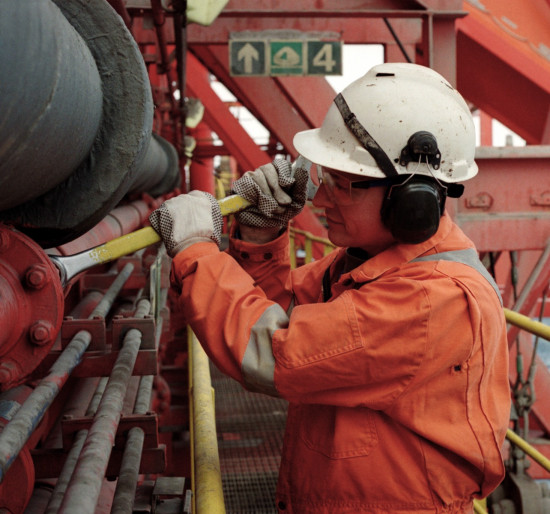Prioritising safety in human-machine interfaces
Renewables, Oil & gasWhen regulators needed Diamond Offshore to demonstrate the safety-critical capabilities of human-machine interfaces, it needed an expert and precise onboard review
Diamond Offshore is a leader in offshore drilling, providing contract drilling services to the energy industry around the globe. They have a total fleet of 12 offshore drilling rigs, consisting of eight semisubmersibles and four dynamically positioned drillships.

Diamond Offshore traces its beginnings to the earliest days of the offshore drilling industry. Decades of innovation, multiple acquisitions and an unwavering commitment to safety have led to define Diamond Offshore as an established world leader in offshore drilling.
The challenge of considering the needs of the user in the design of HMI systems
In recent years, there has grown a greater understanding and awareness of the importance that human factors can play in helping avoid accidents and ill-health at work, including in the control of major accident hazards.
Diamond Offshore was challenged by the local coastal state regulator to provide a demonstration as to how the needs of the user are incorporated into the design of the safety critical human-machine interfaces (HMI) on board two of their mobile offshore drilling units (MODUs).

Why Diamond Offshore chose Marex
We have provided risk management support to Diamond Offshore over a number of years, and in that time had also built up a human factors engineering capability.
We are a trusted partner, so after careful consideration and confirmation from Marex that the we had the capability to be able to deliver on the challenge laid down by the regulator, Diamond Offshore felt comfortable in commissioning Marex to complete the requested scope of work.
How Marex responded
An initial meeting was held between Diamond and Marex to establish the scope of work and identify all key safety-critical human-machine interfaces on board the MODUs.

Given the stage in the respective MODUs’ life cycles, it was not considered appropriate to rely upon human factors input into the original build programmes.
So Marex recommended and committed to undertake onboard reviews of the safety-critical HMI against industry standards, guidance and good practice.
The assessment methodology agreed was based on the guidance provided in codes, standards and guidelines developed by the Abnormal Situation Management (ASM) Consortium, the Engineering Equipment and Materials Users Association, the International Association of Oil & Gas Producers and the UK health & Safety Executive.
The assessments were undertaken by a qualified human factor engineering consultant.
The areas on the MODUs that were assessed include the drillers’ doghouse, ballast control room, deck crane operating cabins, anchor winch houses and the radio room.
The process included observation of the HMI aspects in operation, as well as interviews with the operators.

The results
The observations and recommendations aimed at reducing the risk associated with human failure were discussed with the relevant supervisors and the offshore installation manager.
A priority level was attached to the recommendations to facilitate the formal review and agreement of the recommendations.
The output provided Diamond Offshore with a list of actionable items which would help to ensure that the risks associated with safety critical HMI are reduced to a level that is as low as reasonably practicable.
Get in touch to find out how we can support you in the design of human-machine interfaces or any other aspect of human factors engineering.










